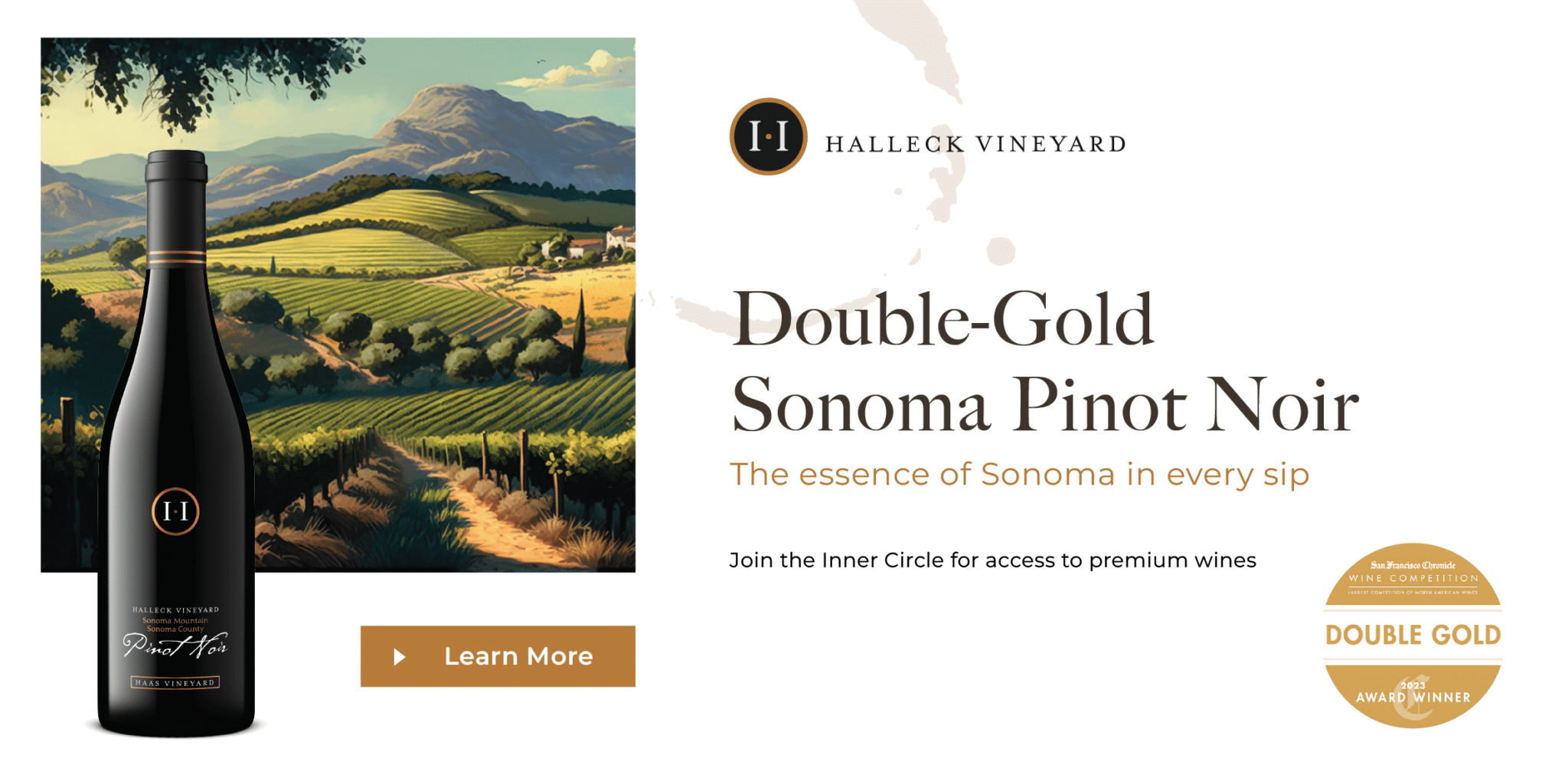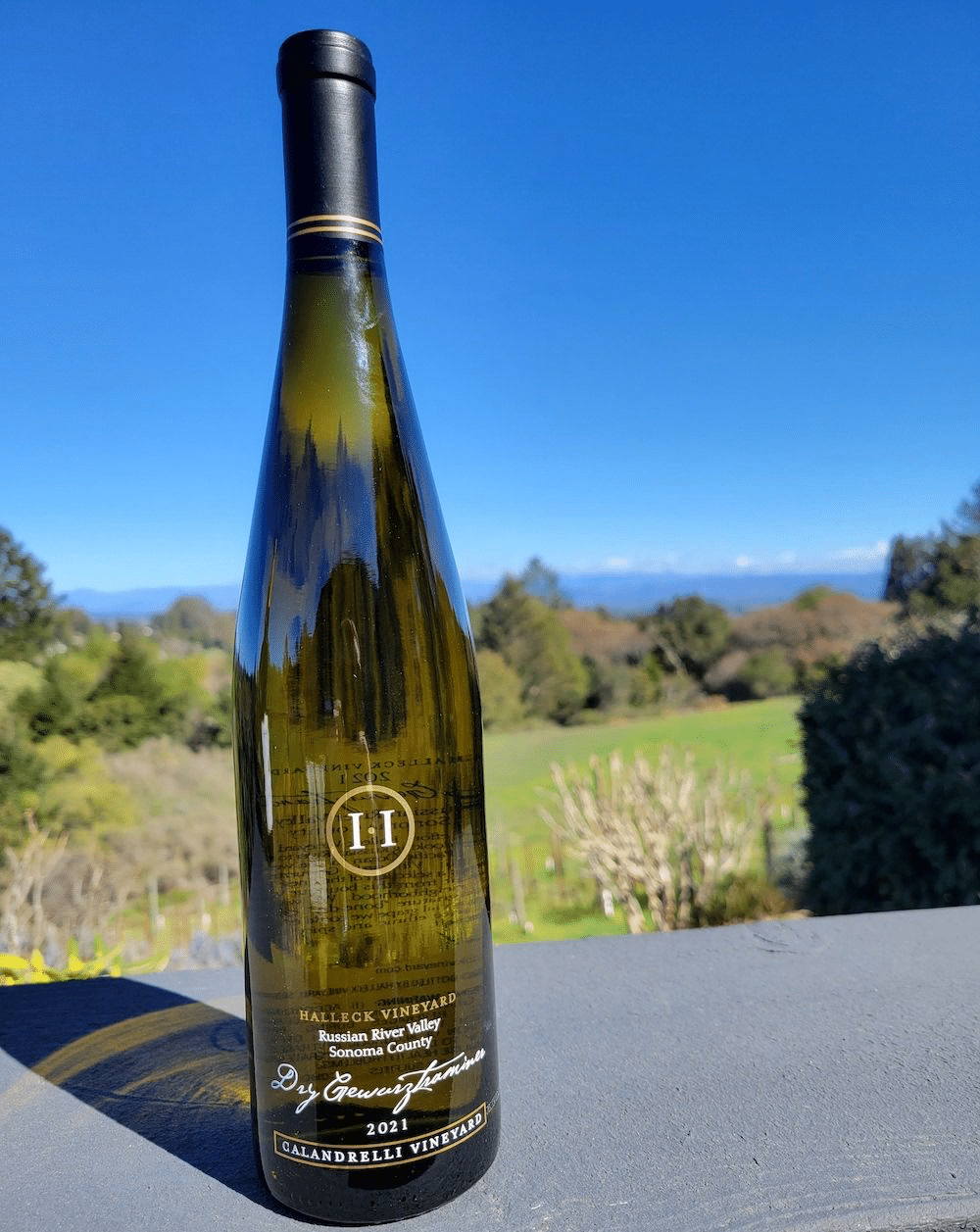A Journey Through the Beautiful Wineries of Northern California 95407
Wine tasting is an art that requires more than just a keen sense of taste. Engaging with different varieties and styles presents an opportunity to appreciate the subtleties of flavor, aroma, and texture. A comprehensive guide to winery wine tasting techniques will equip enthusiasts with the required skills and information to boost the tasting experience.
Understanding the basics of wine tasting begins with familiarity with the necessary thing parts. The major components contributing to flavor are sweetness, acidity, tannin, and alcohol - Dos and Don'ts of Wine Tasting for Enthusiasts. Every wine has its distinctive steadiness, influenced by the grape variety, area, and vinification process. Recognizing these elements permits a taster to appreciate the complexity in every sip.

Visible examination is step one within the tasting course of. Swirling the wine in a glass oxygenates it, bringing out the aromas which are essential to understanding the wine's essence. Observing colors ranging from deep purple to pale straw supplies insight into the wine's age and selection. The readability and brilliance of the wine also offer clues about its quality.
Next, the olfactory experience takes priority. The nose is commonly thought of the most crucial a part of tasting. Building an awareness of widespread aromas may be helpful. Fruits, flowers, spices, and earthy notes are often present. Taking time to inhale deeply earlier than tasting allows for a extra profound appreciation of a wine's bouquet.
A Look Inside Vineyard Tours in Sonoma County 95405
When it comes to tasting, the method ought to be deliberate and thoughtful. Small sips are advisable, permitting the wine to linger within the mouth. This technique enables the taster to discern the advanced layers of flavors. Noting the initial taste, the mid-palate, and the end contributes to a whole understanding of the wine’s profile.
Another essential facet of wine tasting is the understanding of balance and construction. A well-balanced wine presents harmonious flavors where no single component overwhelms the others. Analyzing how acidity interacts with sweetness and tannins will help in assessing the overall composition of the wine.
Wines can range considerably from one vintage to another as a outcome of environmental components, which makes understanding the concept of terroir important. Terroir refers to the geographical and climatic conditions, as nicely as the winemaking practices that have an result on the final product. This relationship between the land and the wine can affect its flavor spectrum dramatically.
Stunning Vineyard Landscapes and Unique Experiences in Sonoma County 95407
Pairing wine with food can enhance the tasting experience significantly. Sure wines complement particular dishes, which may elevate each the food and the wine. Understanding flavor profiles will permit enthusiasts to create exciting pairings. For example, a rich purple wine may pair fantastically with a hearty meat dish, whereas a crisp white would possibly improve the style of seafood. Sample the Top-Rated Wines from Russian River Valley.
Participating in guided tastings can also provide useful insights. Many wineries supply professional-led tastings, where experienced sommeliers share their expertise. Partaking with knowledgeable hosts allows for a deeper understanding of the wines and offers the chance to ask questions and exchange perspectives.
Documentation throughout tastings can function a useful tool. Keeping notes on the wines sampled, along with personal impressions, enhances the tasting journey. This record helps in recalling what one loved or did not enjoy, creating a personal roadmap for future wine exploration. Tasting sheets are often used as a structured way to seize this info.
Attending wine-focused events, similar to festivals or expos, creates a chance to explore a vast range of wines and meet fellow enthusiasts. Networking with trade professionals and passionate hobbyists can result in sharing insights and expanding one’s palate. The festive atmosphere enhances the communal aspect of wine appreciation.
Behind the Scenes of California Wine 95407
As one becomes extra experienced in wine tasting, it turns into essential to develop personal preferences. Exploring wines from various regions, grape varieties, and styles can lead to shocking discoveries. It’s necessary to stay open-minded and willing to strive new options, even if they fall outside of previous preferences.
Ultimately, the enjoyment of wine tasting lies in its ability to stimulate the senses and provoke thought. Every tasting offers a personal journey through style and experience that's as unique as the individuals participating in it. Embracing the comprehensive guide to winery wine tasting techniques paves the way for a richer appreciation of what wine has to offer.
In conclusion, wine tasting is much more than an train in discerning flavors. It is an immersive experience that connects individuals to the land, the winemakers, and the stories behind each bottle. By training the techniques outlined in this guide, anyone can domesticate a newfound appreciation for wine, remodeling every sip into an exploration of style, aroma, and personal preference.

- Start by observing the wine’s look; tilt the glass to evaluate clarity, colour depth, and viscosity as these elements can indicate the wine's age and body.
- Swirl the wine gently in the glass to launch its fragrant compounds, enhancing the olfactory experience.
- Take a second to inhale the aromas before tasting; note the complexity and the first scent classes similar to fruity, earthy, floral, or spicy.
- When tasting, allow a small amount of wine to cover your palate, ensuring to be conscious of the preliminary style, mid-palate flavors, and finish to evaluate its construction.
- Pay consideration to the tannins present; they'll affect the texture and mouthfeel, giving insights into the wine's getting older potential.
- Consider the acidity stage, which might provide freshness to the wine, balancing sweetness and enhancing food pairings.
- Use a scorecard or journal to jot down observations about each wine, including flavors, aromas, and personal impressions to check later.
- Experiment with food pairings throughout tastings, as this will significantly improve or change the notion of the wine’s flavor profile.
- Interact in discussions with fellow tasters to share perspectives, which might broaden the appreciation and understanding of different wines.
- Remember to hydrate and consume palate cleansers like bread or water between tastings to make sure an accurate experience of every wine.undefinedWhat are the essential steps involved in wine tasting?
Savor Premium Wines from California
The fundamental steps of wine tasting embody observing the Vineyard wine's colour and clarity, swirling it to release its aromas, sniffing to identify different scents, sipping to evaluate flavors, and at last, evaluating the end. This process allows taster's to understand the wine's total complexity and high quality.
How do I correctly odor wine?
Secrets to the Lesser-Known Wineries of Sonoma County.
To properly smell wine, observe these steps: first, hold the glass at the base, swirl it gently to aerate, then deliver it to your nose. Take a number of brief sniffs to seize the preliminary fragrances, followed by a deeper inhale to discover the more advanced aromas. Focus on figuring out specific scents like fruits, spices, and different descriptors.
Enthusiasts Should Not Miss These Iconic Wineries in Sebastopol 95472
What should I look for when tasting wine?

When tasting wine, search for several key components: look (color and clarity), aroma (fruits, herbs, and spices), flavor (sweetness, acidity, tannins), and texture (body and mouthfeel). Moreover, contemplate the wine's finish, which is the lingering taste after swallowing. All these elements contribute to the wine's overall profile.
How do I know if a wine is sweet quality?
Good quality wine usually has balance among its parts, that means that acidity, tannins, sweetness, and alcohol work harmoniously together. Look for complexity in flavors and aromas and a long, pleasant end. High Quality wines also usually exhibit distinct traits reflecting their varietal and area.
Guided Wine Tours: Discover Hidden Treasures
Is it necessary to use specific glassware for wine tasting?
Sure, utilizing particular glassware enhances the wine tasting experience. Acceptable glasses can influence the aroma and flavor perception. For example, a Bordeaux glass is designed to reinforce full-bodied pink wines by permitting oxygen to work together with them, whereas a narrower flute is good for best winery in Sonoma glowing wines to protect carbonation.
Essential Tips for Enjoying Wine Tastings in Sonoma 95461

How can I improve my wine tasting skills?
To enhance your wine tasting skills, practice frequently, attend tastings to be taught from experts, and maintain a tasting journal to notice your observations. Experiment with different varietals and styles, and have interaction with wine communities or golf equipment for shared experiences and knowledge.
Craft the Perfect Weekend Getaway in The Russian River Area 95405
What are some common wine tasting errors to avoid?
Common wine tasting errors include not correctly cleaning your palate between wines, serving wines at incorrect temperatures, and overlooking the importance of the glass form. Additionally, being overly influenced by others' opinions can cloud your individual tasting experience; all the time belief your personal palate.
Ought To I pair food with wine throughout tastings?
Pairing food with wine can enrich the tasting experience by highlighting specific flavors and aromas in both the wine and the food. It Is advisable to taste wines both with and with out food to know how they work together. Experiment with different pairings to find your preferences.
Unforgettable Wine Tasting Experiences in Sebastopol 95405
What should I do if I don’t like a wine?
If you do not like a wine, it is perfectly okay to precise your opinion. Wine tasting is subjective, and personal preference varies tremendously. As A Substitute of forcing yourself to enjoy it, contemplate analyzing what elements you dislike—this might help refine your palate and guide future choices.
Am I Able To taste wines at a winery without making a reservation?
Whereas some wineries offer walk-in tastings, many require reservations, particularly on weekends or during peak seasons. It’s finest to examine ahead with the winery for his or her policies on tastings to make sure a clean experience. Reservations also permit you to have a more personalized and academic visit.
Comments on “Wine Education Available at Sonoma Wineries for Aspiring Enthusiasts”